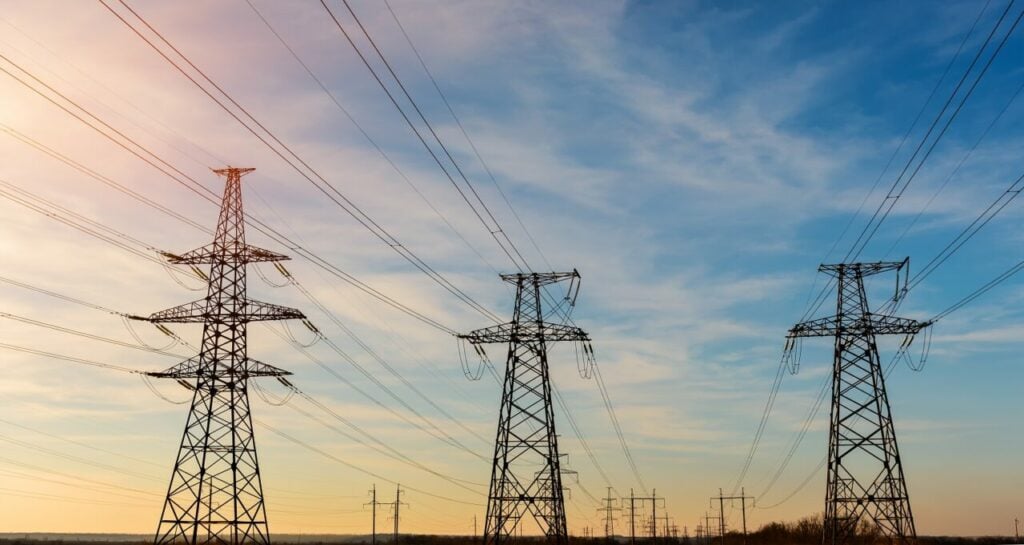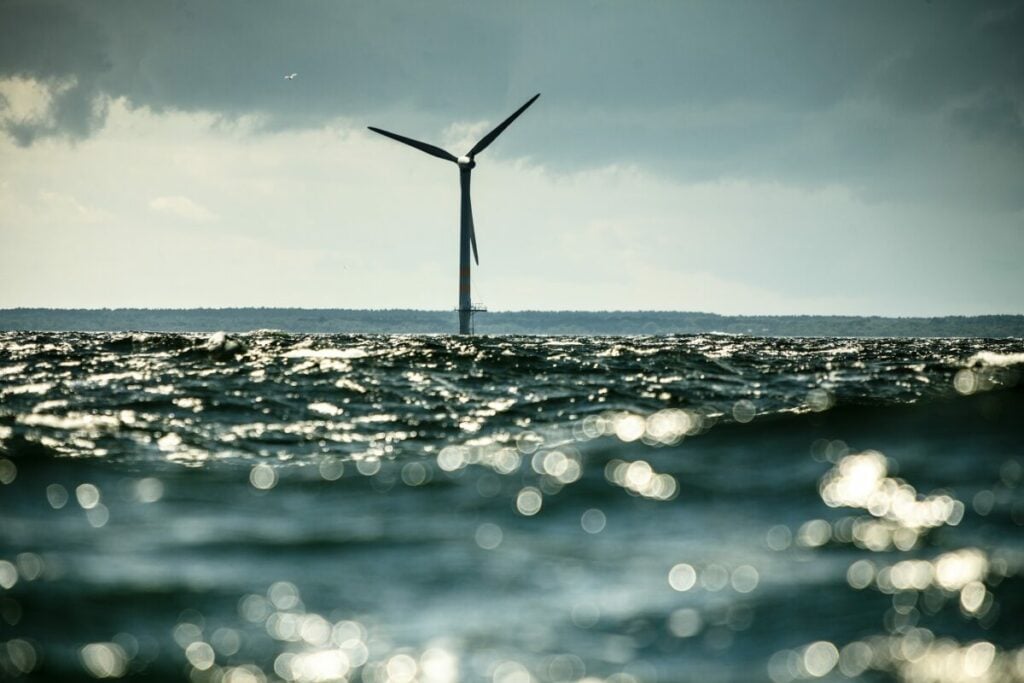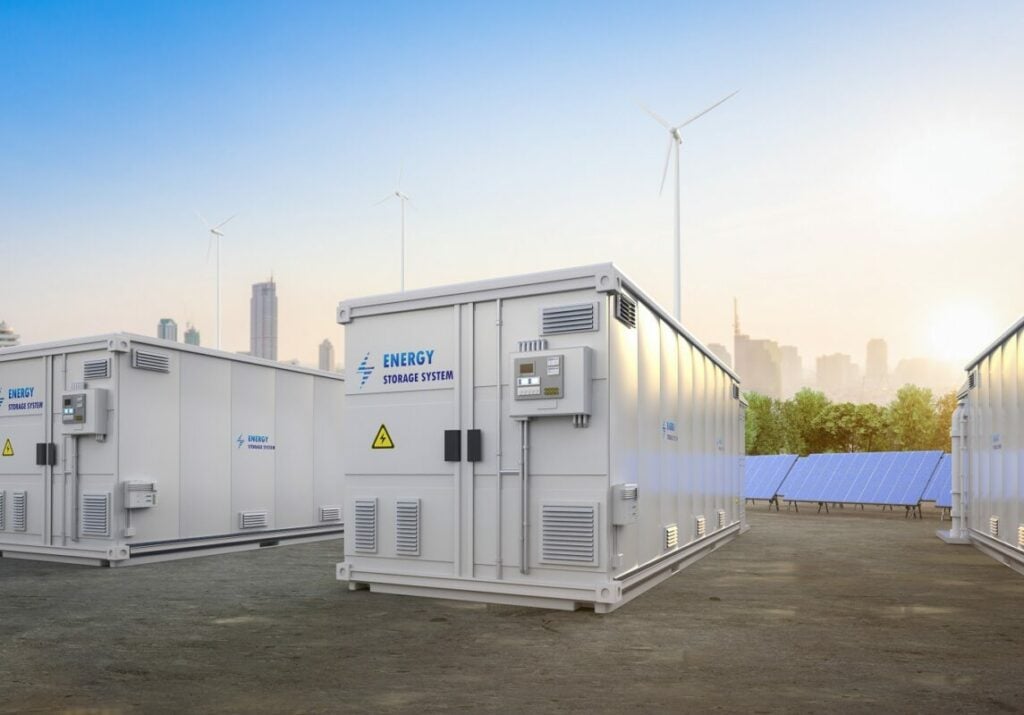
Negative pricing is becoming more common in European energy markets. Greater volumes of renewable energy like wind, combined with favourable weather conditions and periods of decreased demand, are also increasing its frequency in UK energy markets. Dr Alastair Martin, Founder and Chief Strategy Officer at Flexitricity, sheds light on this trend and how organisations can take advantage of it.
What exactly is negative pricing?
Negative energy pricing occurs when electricity demand is so low that grid system operators are forced to dial back those electricity generators that don’t burn fossil fuel. Throwing away green energy comes with an opportunity cost.
Enjoy 12 months of exclusive analysis
- Regular insight and analysis of the industry’s biggest developments
- In-depth interviews with the industry’s leading figures
- Annual digital subscription to the PV Tech Power journal
- Discounts on Solar Media’s portfolio of events, in-person and virtual
This means that the solar and wind farms generally have an agreed price for their output, so if they’re instructed not to produce energy, this cost needs to be covered. This is what drives prices below zero.
Normally energy has a positive price. Generators sell their energy to suppliers who buy the energy on behalf of their customers, and the system operator makes small adjustments to keep things in balance.
Negative pricing occurs when the system operator is forced to choose between paying generators to turn down or paying customers to use more. The more customers are willing to put the available green energy to work, the less the system operator has to buy down the solar and wind farms. Generally, paying customers to consume is the cheaper option.
Negative pricing is caused by several quite distinct factors. Nuclear operators have strong technical and economic reasons for keeping their plants running at steady output for weeks on end, making those stations a poor choice for responding to changes in the weather.
In contrast, electricity consumption is driven partly by weather, and partly by the clock and calendar. Then there’s storage, which in most countries simply isn’t large enough to keep up with these changing needs. National transmission networks and cross-border interconnectors help smooth local variations across wider areas, but they have capacity limits.
Negative pricing is becoming more common within the UK, including “day-ahead” and “same-day” wholesale exchanges. In July 2023 alone there were several negative pricing events, which tend to cluster around weekends.[1] The EPEX hourly day-ahead market set a record low of £-70 (US$-84.49) per megawatt-hour, and the intraday price at one stage fell to £-120 per megawatt-hour.[2]
Who benefits, and how?
Businesses with the ability to adjust when they consume energy, or store it using batteries or heat buffers, have a lot to gain from negative pricing events. There are several methods that can be used to turn this flexibility into revenue, including accessing wholesale markets and the Balancing Mechanism directly, or using pass-through supply agreements to access cash-out prices.
Electricity markets span several timeframes, ranging from years ahead of consumption, to hours ahead, and finally to real time. Because negative pricing is caused by the combination of inflexibility, weather and network issues, negative pricing most commonly occurs in the markets with shorter timeframes such as day-ahead auctions, intraday markets and the Balancing Mechanism (BM).

The UK electricity industry is currently going through a series of successive regulatory changes which are intended to broaden access to flexibility markets generally, and negative prices specifically.
But possibly the most important factor, is which of the organisation’s energy assets could operate flexibly, given the opportunity?
The most obvious candidate technology is Battery Energy Storage Systems (BESS). A battery can effectively be paid twice from a single negative pricing event, by charging while prices are negative, and discharging when positive prices return.
However, batteries generally have the technical capability to access other revenues such as frequency response, which allows them to seek the best value from market conditions at the time. Most won’t actually follow negative prices while there’s more to be made delivering another service.
Operators of fleets of electric vehicles – batteries on wheels – can exploit low or negative prices by choosing when to recharge. The best results depend on automated dispatch in response to fast-moving situations, and this automation must also deliver a properly-charged fleet by right time each morning.
This is what we mean when we refer to “smart charging”. Industrial and commercial energy users who are able to advance or hold back certain processes, such as cooling, heating and pumping, can achieve similar results.
A core goal is to remove size restrictions from these market opportunities. This is done principally by aggregating multiple assets into “virtual power plants” (VPPs) which are large enough to make a difference to the grid or to a distribution network operator.
It is equally important to be flexible about flexibility, allowing different assets to come and go depending on their “day job” requirements.
Generating revenue
A dedicated energy asset with 24-hour availability, such as most BESS installations, will tend to deliver the highest revenues available. Industrial and commercial assets will generally have a “day job” around which any flexibility strategy must work.
For many such organisations, it is best to consider flexibility as an ad-hoc or part-time activity around normal business operations. In suitable cases, it will pay to enhance the flexibility available by investing in heat or cooling stores.
Making the most of negative energy prices
The most important aspect of any strategy is to obtain access to as many markets as the asset is capable of participating in – and collaborate with an energy flexibility provider that can take on the complex qualification, verification, risk management, dispatch and reporting processes involved.
Aggregation capability is also essential, because most energy assets are individually too small to participate directly.
The next stage is to set appropriate limits and expectations on participation. Parameters such as temperatures, storage levels and BESS cycle limits must be set. Where core business operations require it, the customer must have dynamic control over these parameters.
The final task is automation. Securing value from negative prices and other fast-moving events is not a manual task and working through an experienced flexibility partner that has sound relationships across a wide range of different asset classes, including factories, greenhouses, BESS sites, cold stores and district energy, will be vital.
While the approach will likely vary depending on the specific site, operational access to all appropriate markets alongside all other assets should be the goal.
Some examples of strategies
For any organisation, the main way to maximise revenue is to be agile, meaning you move between different markets as value shifts between them. For BESS owners, this can mean charging and discharging their batteries at different times, based in different markets, depending on the fluctuations in price.
For example, during the negative pricing events of July 2023, battery owners were able to charge their batteries while day-ahead prices were negative, then discharge them once they had returned to positive pricing.
Battery owners also generated additional revenue by providing frequency response services to National Grid Electricity System Operator (ESO). This is a type of grid flexibility service that can be triggered in seconds or less, ensuring that the grid operating frequency stays within tight limits.
Quick case study: Optimising the West Gourdie BESS
The 50 MW, one-hour West Gourdie battery, owned by Foresight Group and operated by Flexitricity, was one of the top revenue earners on 2nd July this year. As reported by industry data and analysis platform Modo Energy:
- 83% of West Gourdie’s revenues came from the ancillary service Dynamic Containment – mostly the low-frequency service, where prices averaged £13/MW/hr.
- West Gourdie was able to stack trading actions to take advantage of negative prices. The system allowed for charging up during negative prices and discharge in the evening. This accounted for 17% of revenues.
- The system cycled approximately 0.9 times on the day.
Energy consumption and emissions

While less promoted than other climate abatement activities, negative pricing still has a role to play in helping the UK transition to net zero.
Negative pricing provides financial incentives for organisations to support a net zero grid by encouraging the use of batteries and other flexible energy assets.
During negative price events, energy-consuming processes that are running are helping to make use of the available green energy. After a negative pricing event, a battery can release the stored energy to help to reduce subsequent emissions.
Equivalently, an energy-consuming process that was turned up during the negative price event will not have to run during a subsequent period when the grid would have to turn back to fossil power.
Longer term outlook
Negative pricing events are becoming more common, driven by the growth in variable renewable energy generation and the technical limits of nuclear energy – and is a consequence of inflexibility in the grid, on both the demand and production side.
This does not mean that negative pricing is an anomaly. As the grid transforms, the depth and duration of negative price events will change. Negative pricing is a market signal to invest in the flexibility that makes best use of the energy resources that are compliant with net zero.
A combination of battery assets, smart electric vehicle charging and flexible business energy consumption should lead to lower energy prices overall.
According to National Grid ESO [1], all credible future energy scenarios will depend on market participants on both generation and consumption side being able to gain revenue and savings from flexible operation.
About the Author
Dr Alastair Martin is founder and chief strategy officer at Flexitricity, a UK-headquartered company which maximises revenues from distributed energy resources for customers including industrial and commercial businesses, investors and developers, utility companies and the public sector. Its activities in battery storage include asset optimisation. Martin founded the first demand side response business in Great Britain in 2004. Alongside heading up Flexitricity, he has worked on a range of energy policy developments and participates in several key regulatory working groups and committees with the Association for Decentralised Energy, National Grid and others.
[1] https://www.nationalgrideso.com/document/283101/download
[1] Weekends of July 2- 16: https://www.current-news.co.uk/current%c2%b1-price-watch-weekend-sees-long-period-of-negative-prices-as-latest-fes-is-released/ & https://platform.modo.energy/phase/article/9450/negative-power-prices-reach-record-low-sunday-2nd-july-2023
[2] https://platform.modo.energy/phase/article/9450/negative-power-prices-reach-record-low-sunday-2nd-july-2023

